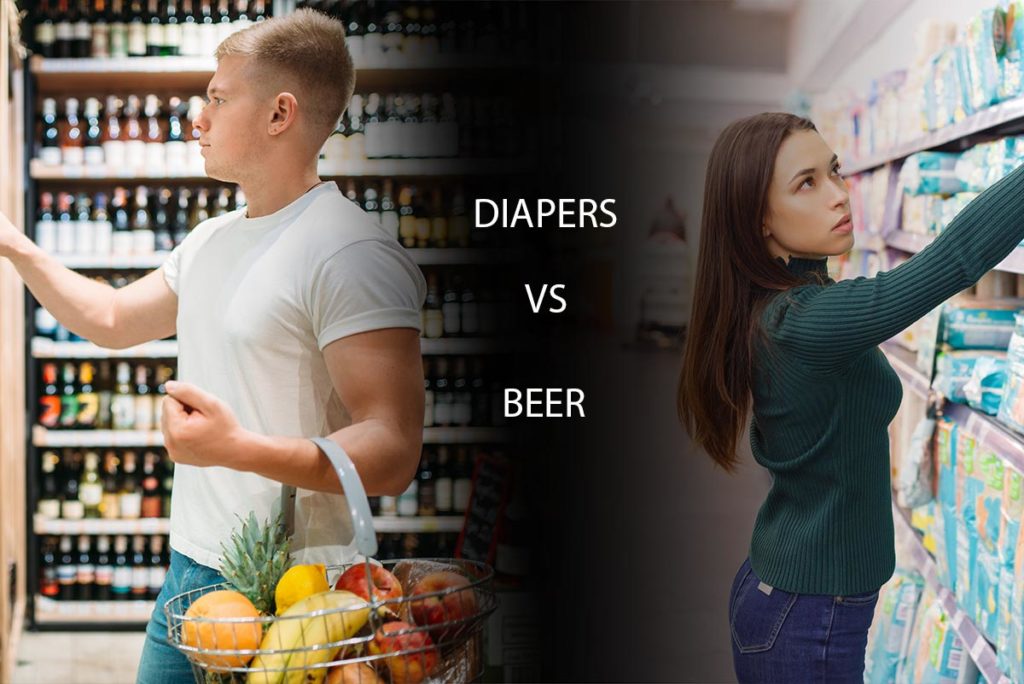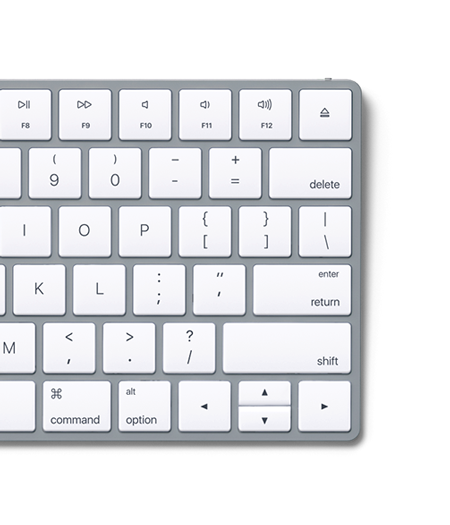By definition “Share of Wallet” is the percentage of a customer’s expenses for a product that goes to the firm selling the product. For Banks, Share of Wallet constitutes the number of financial services products a customer has with them relative to all of the financial services products they currently have. For a gas station, it may be the number of times a customer fills up with them in a month relative to the total times they filled their gas tank up total that month. Learn how we helped a Credit Union increase their share of wallet.
Share of Wallet is widely used today as a loyalty metric in many industries. Although its based on rough estimation it gives companies the ability to seemingly compare themselves to their competitors and their industry as a whole. However, because the information is gathered through market research and surveys, its at best a rough estimation and better information can be gleaned after a certain point once companies start gathering more information about their customers from internal and external sources. Simply tracking Share of Wallet though also doesn’t allow companies to improve upon its product offerings and marketing strategies. It should also be fairly apparent whether you are able to compete on Price, Quality, and/or Convenience.
So why not find ways to make your current customers more loyal rather than continually push surveys to simply track their level of loyalty?
Today, most companies are sitting on a goldmine of data that is being underutilized. Customers provide new information each day to companies about their status in the marketplace. With enough customers, this information creates patterns that can not only help you identify least loyal customers that are most likely to go to your competitors, but also help identify those most loyal and help you focus your sales and marketing efforts and dollars on the right groups.
This data can then be further applied to help you grow loyalty by determining who to push your sales and marketing information to based on:
– Which customers are the best fit for your products or subscriptions
– Which customers are likely to need certain products next
– Which customers are likely to need complimentary products based on recent purchases
– Which customers are the best fit for loyalty or reward programs
Today most of your data is centralized in a way to help you accomplish this. Your CRM, accounting systems, and ERP by default are structured to connect the wealth of customer data that is continually being created each day.
So by using patterns in your data to guide the right customers to the right products and services, you continue to grow loyalty and thereby increase Share of Wallet. As an added bonus, you are also optimizing the limited sales and marketing resources you’ve been given.
Learn how you can use Predictive Analytics to increase your share of wallet by downloading our ebook, Predictive Analytics: The Future of Business Intelligence.
[contact-form-7 id=”4032″ title=”Predictive Analytics eBook – Increase Your Share of Wallet”]











